Media | Articles
5 collectible pony cars that aren’t Mustangs
The Ford Mustang, besides being an incredible sales success, is also a cultural icon. The 1965 Mustang burst into the scene in April of 1964 just days after the Plymouth Barracuda. Even though the cars were competitors, and each aimed at the same market, the Mustang stole the show. There’s a reason that compact, sporty, highly customizable vehicles are called pony cars and not fish cars: Ford’s Mustang shaped the market.
However, though it’s the archetypal pony car, the Mustang is definitely not the only one worthy of praise. Here are five pony cars from Hagerty Marketplace that would make for a great project car or weekend driver—and, as it happens, none are Mustangs.
1969 Mercury Cougar
Mercury stepped into the pony-car market a couple of years after Ford paved the way with the Mustang. The more upscale Cougar eventually became a personal luxury car, with gradual moves toward that shift with each new generation, making the 1967–1970 models the closest in spirit to the Mustang and the rest of the pony-car class. As such, the first generation Cougar was nimble, sleek, and offered powerful V-8 options.
This car needs upholstery and bodywork to repair some front-end damage from a fender-bender, but besides the front seats, a lot of the interior still looks to be in good condition, and the body should be a solid candidate for restoration. Considering it shares a chassis with the first-gen Mustang, there’s no shortage of options when it comes to choosing parts for either a correct restoration or a restomod with a bit more handling prowess.
Marketplace
Buy and sell classics with confidence
1985 Chevrolet Camaro Z28
Third-generation Camaros seem to be resurging in popularity as kids that loved them when they were in high school are now old enough to add one to their collection. It’s a familiar pattern that led to the incredible boom of muscle cars in decades past.
This 1985 Z28 has just 76,000 miles on the odometer and a complete, seemingly immaculate interior that’s a rare find in a vehicle of this vintage. It’s powered by the second most powerful engine offered in 1985, a TBI 5.0-liter V-8. 1985 marked the first time that port injection was available, and both inductions were available. The TPI was known for generating incredible low-speed torque; off-the-line acceleration was fantastic, thanks to the system’s long runners while the TBI engines could easily pass for a carbureted model .
1979 Pontiac Firebird Trans Am
One of the few pony cars that could challenge Mustang for popularity and pop-culture presence is the Pontiac Trans Am. The huge hood graphic, cast aluminum wheels, and shaker hood scoop are all iconic. Of course, a black and gold “Bandit” is likely the first example of a second-gen Trans Am that comes to your mind, but this candy red example also looks amazing with its gold wheels and red interior.
The short-deck 301 Pontiac V-8 was the least-powerful Trans Am engine option in 1979 when both Olds and Pontiac 6.6-liter V-8s were available. Unfortunately, the 301 used a unique head design with lackluster intake ports (only two per head) and it won’t accept the high-flowing factory or aftermarket intake-manifolds due to the port mismatch and lower deck height. The only consolation here is that, in terms of pony cars, the Trans Am’s least powerful offering in 1979 was more powerful than the Mustang’s top engine for 1979, although the Ford did have the advantage of its new, Fox-body platform. Even with its modest powerplant, this is a stunning car that brings so much ’70s style to the table.
1969 AMC Javelin
American Motors cars from the late ’60s and early ’70s are some of the most underrated designs of the era, in our opinion. Take this 290-powered Javelin SST. Early Javelins are more subtle than their aggressively flared successors, yet the elegance of their design doesn’t make them any less sporty. If you’d like an all-original AMC, this car looks quite complete.
If, however, you’d like to build a day two car with a hot-rodded engine and some Keystone Klassic wheels, well then, this is also a great choice. (In hot-rod lingo, a “day two” car is mildly modded with aftermarket wheels and bolt-on speed parts—the accessories that an enthusiastic owner would naturally install the day after buying the car new.) Just look at that yellow paint! A couple of weekends spent detailing and touching up the engine bay would make it a real head-turner at car shows, where it could make a big splash among the typical classics from the Big Three.
1970 Plymouth Barracuda
There’s good news and bad news about this beautiful ’70 Barracuda. The bad news: It’s not a Hemi four-speed convertible. The good news is that it’s not priced like a Hemi four-speed convertible.
Despite the publicity that all of the high-dollar ‘Cuda sales get, it’s cars like this 318-powered model that make us remember that some gorgeous Mopar pony cars that don’t break the bank. The burnt-orange paint shines brightly, and the black and white interior looks as it did when it rolled off the assembly line. E-body Barracudas are among the most revered Mopars of the muscle car era, and their sharp design leaves little to critique. This one is priced just above its #3 (Good, or daily-driver) value, which may be just right considering what looks like a solid restoration.
Check out the Hagerty Media homepage so you don’t miss a single story, or better yet, bookmark it.

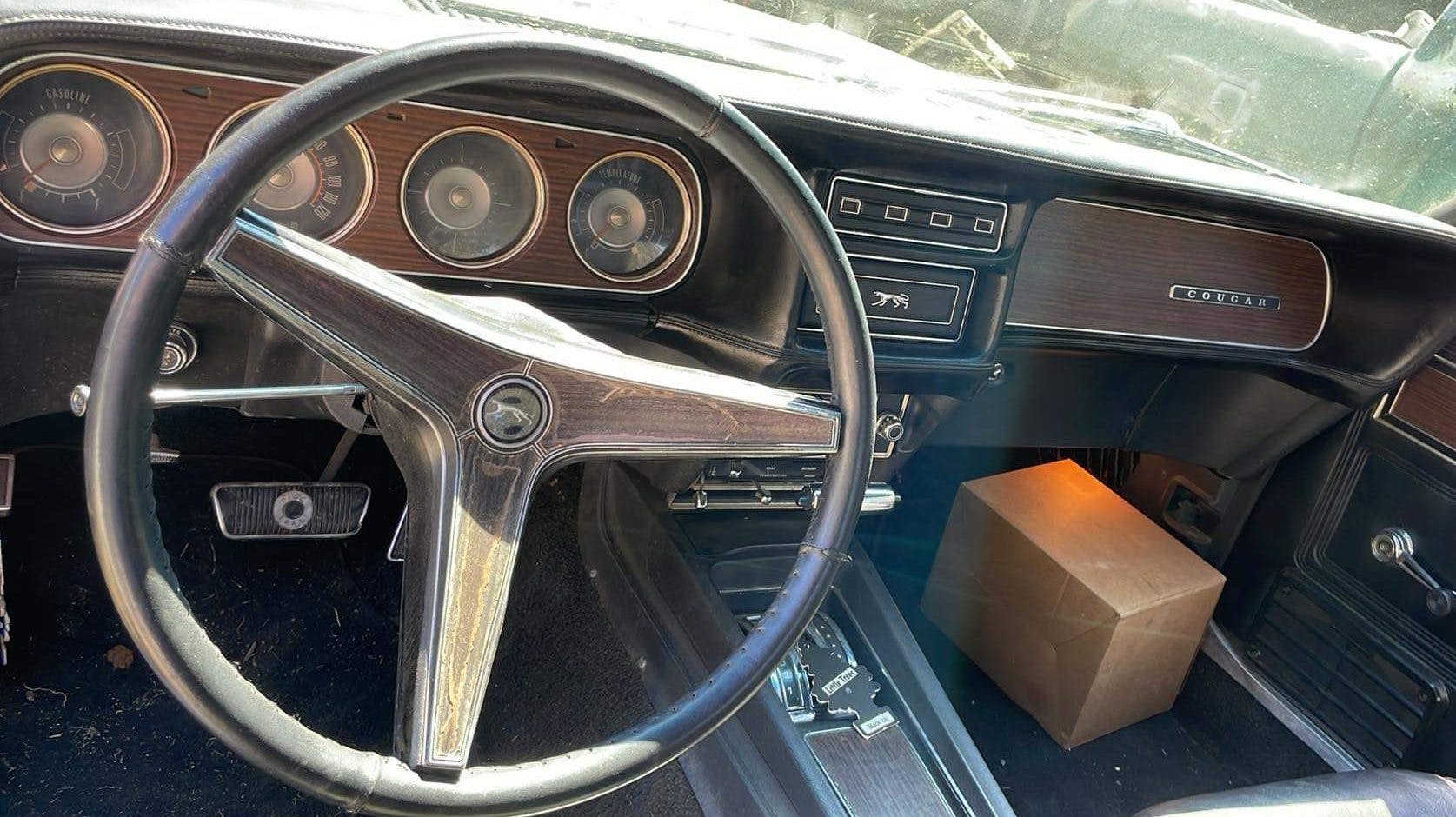
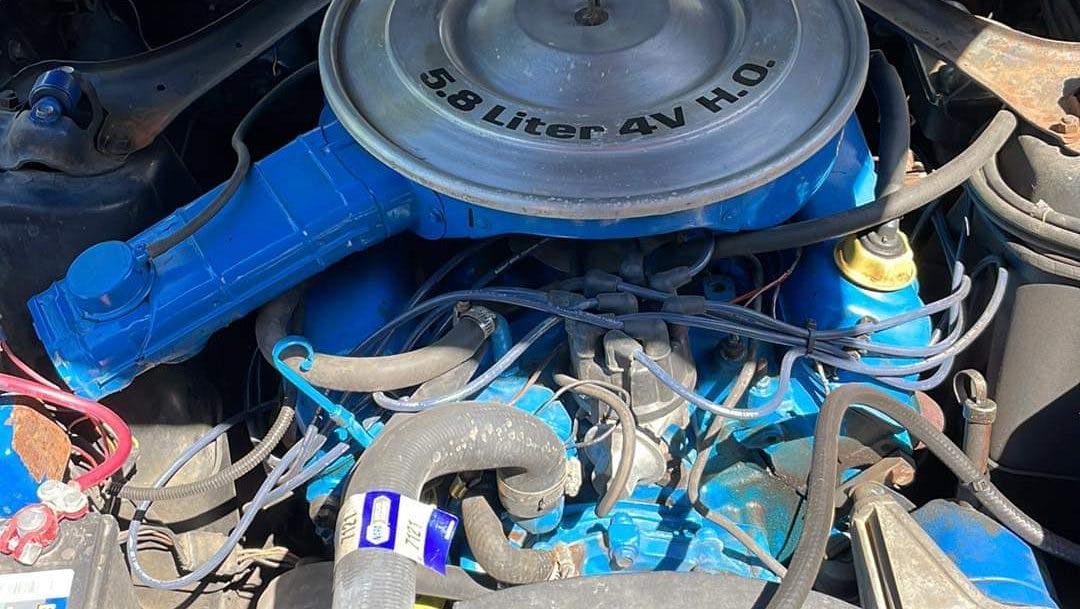
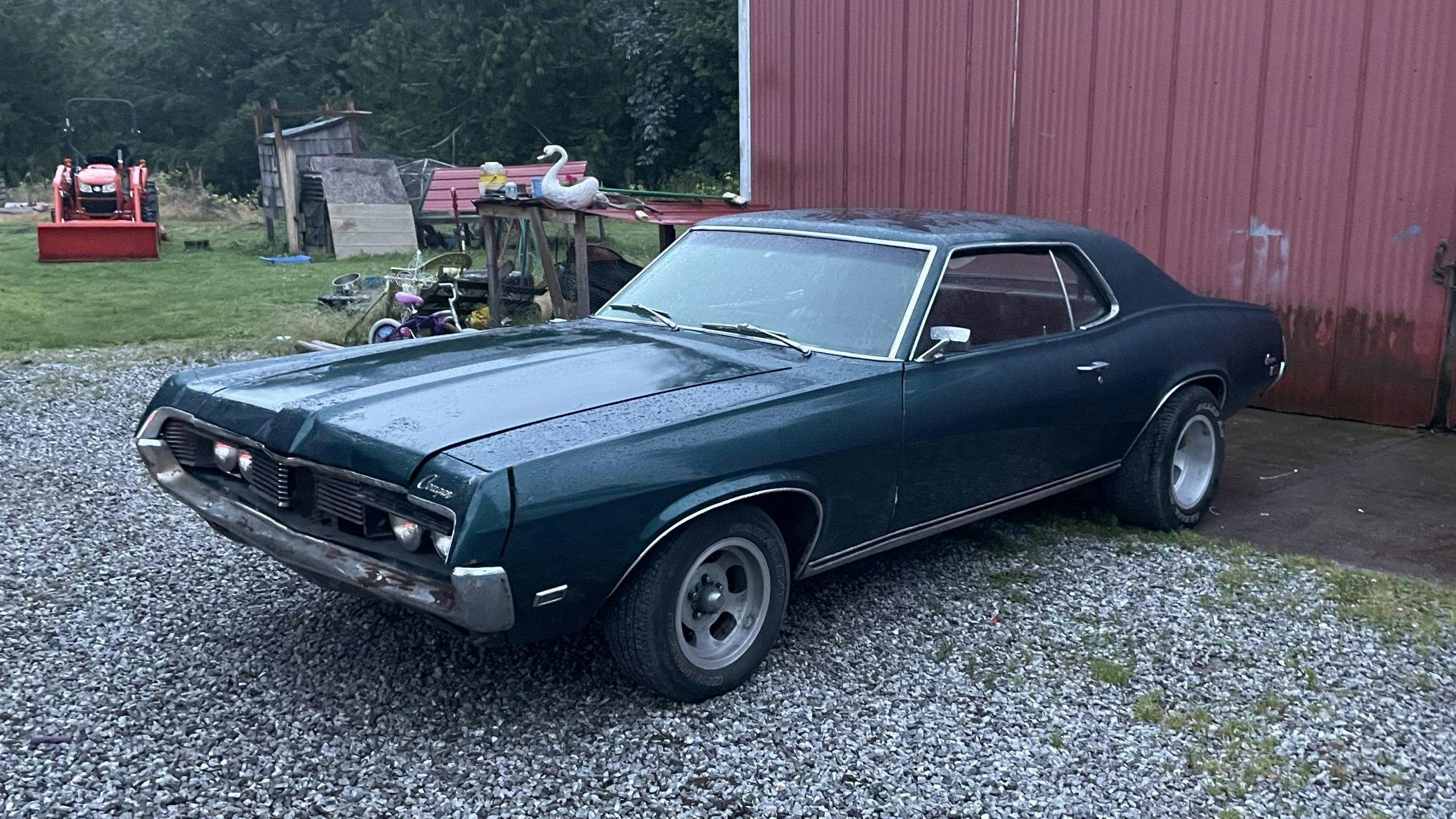
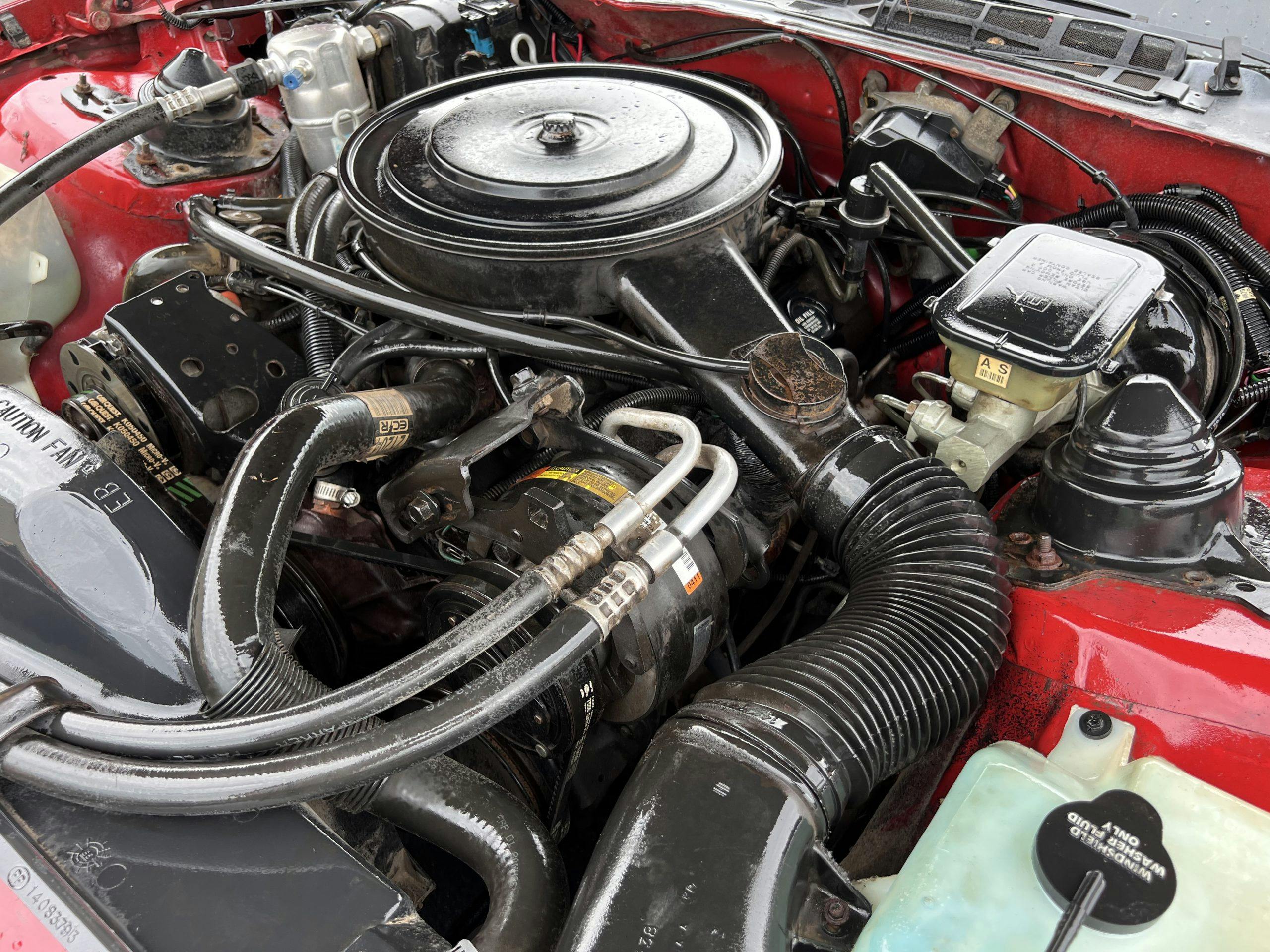
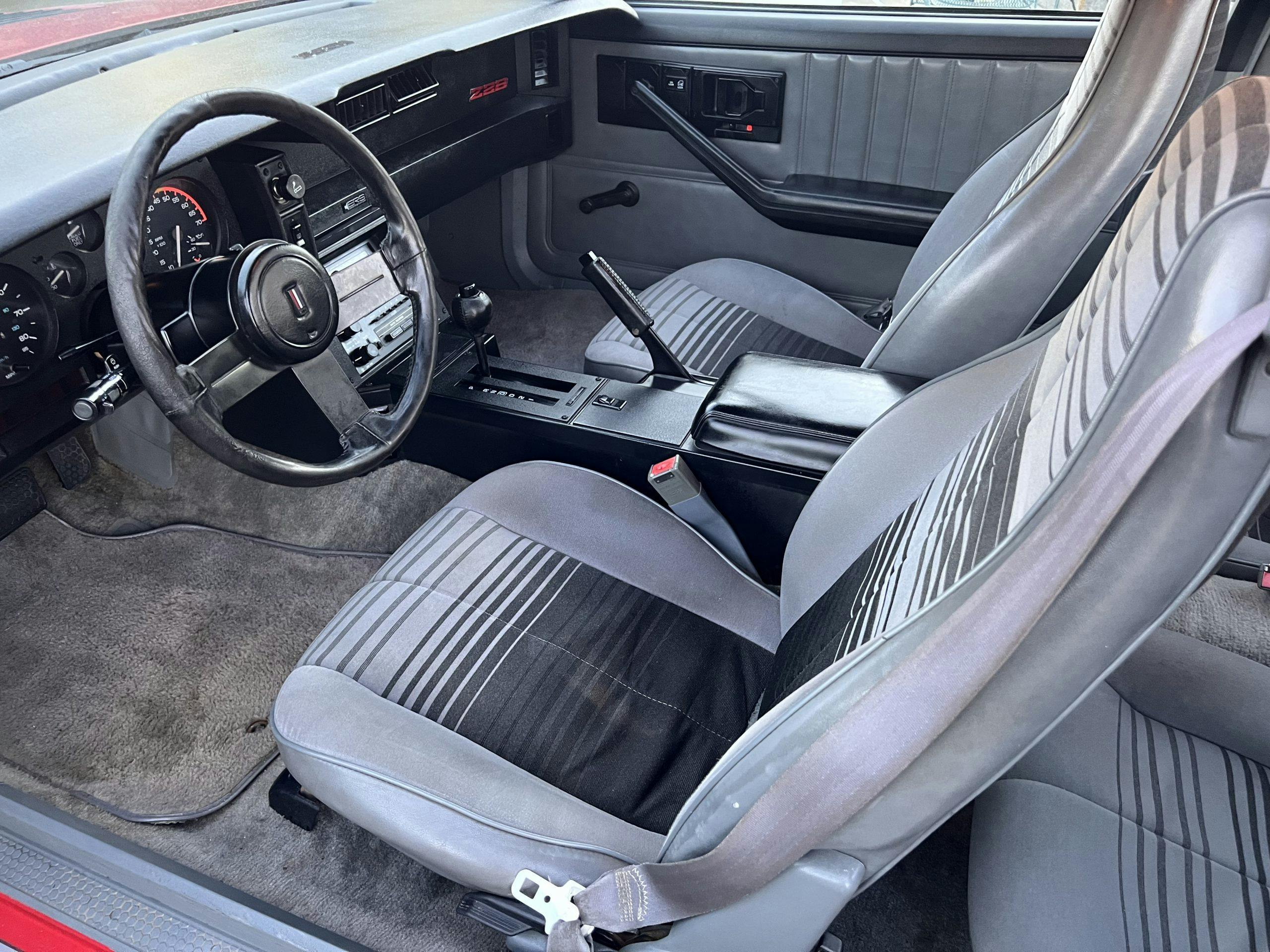
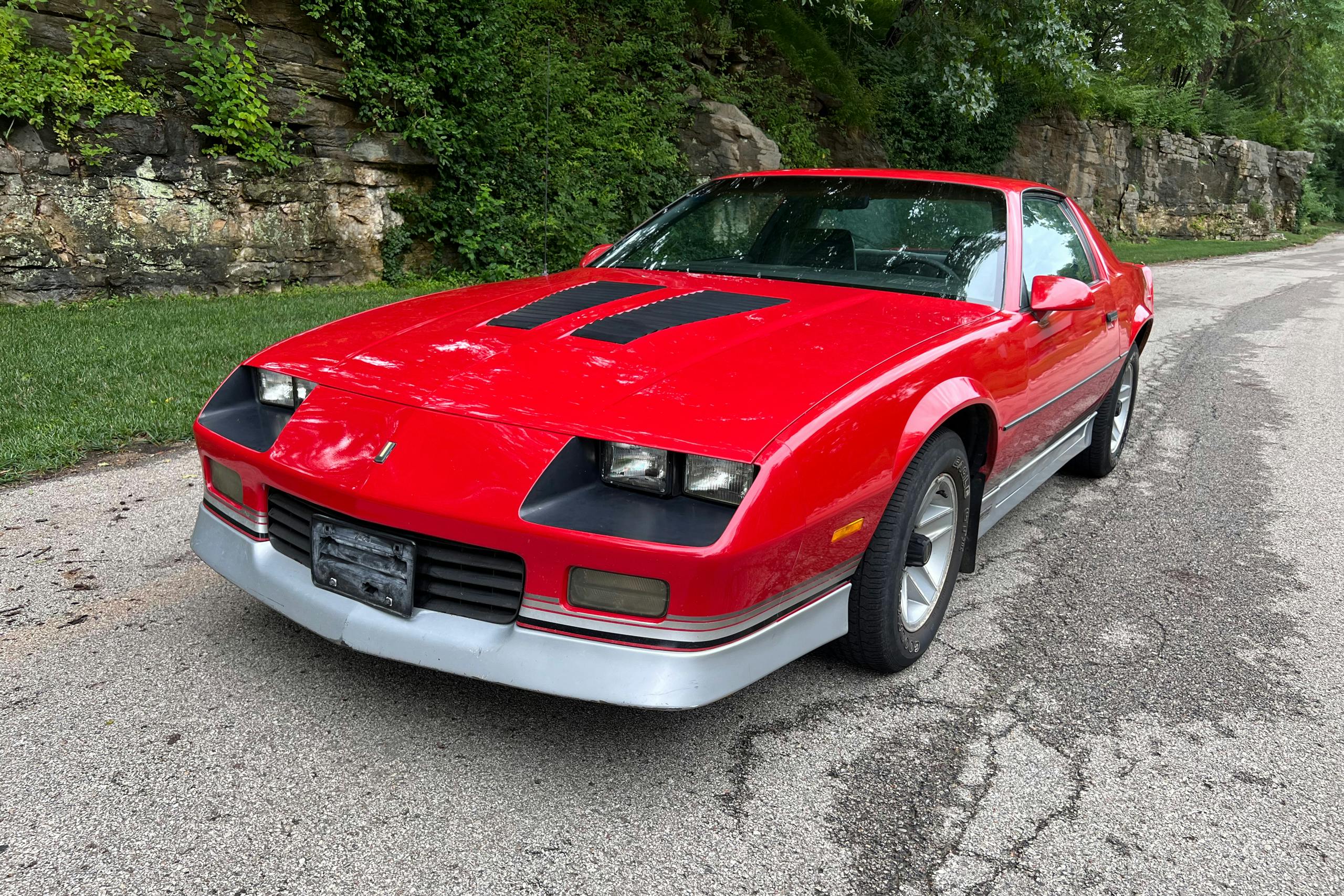
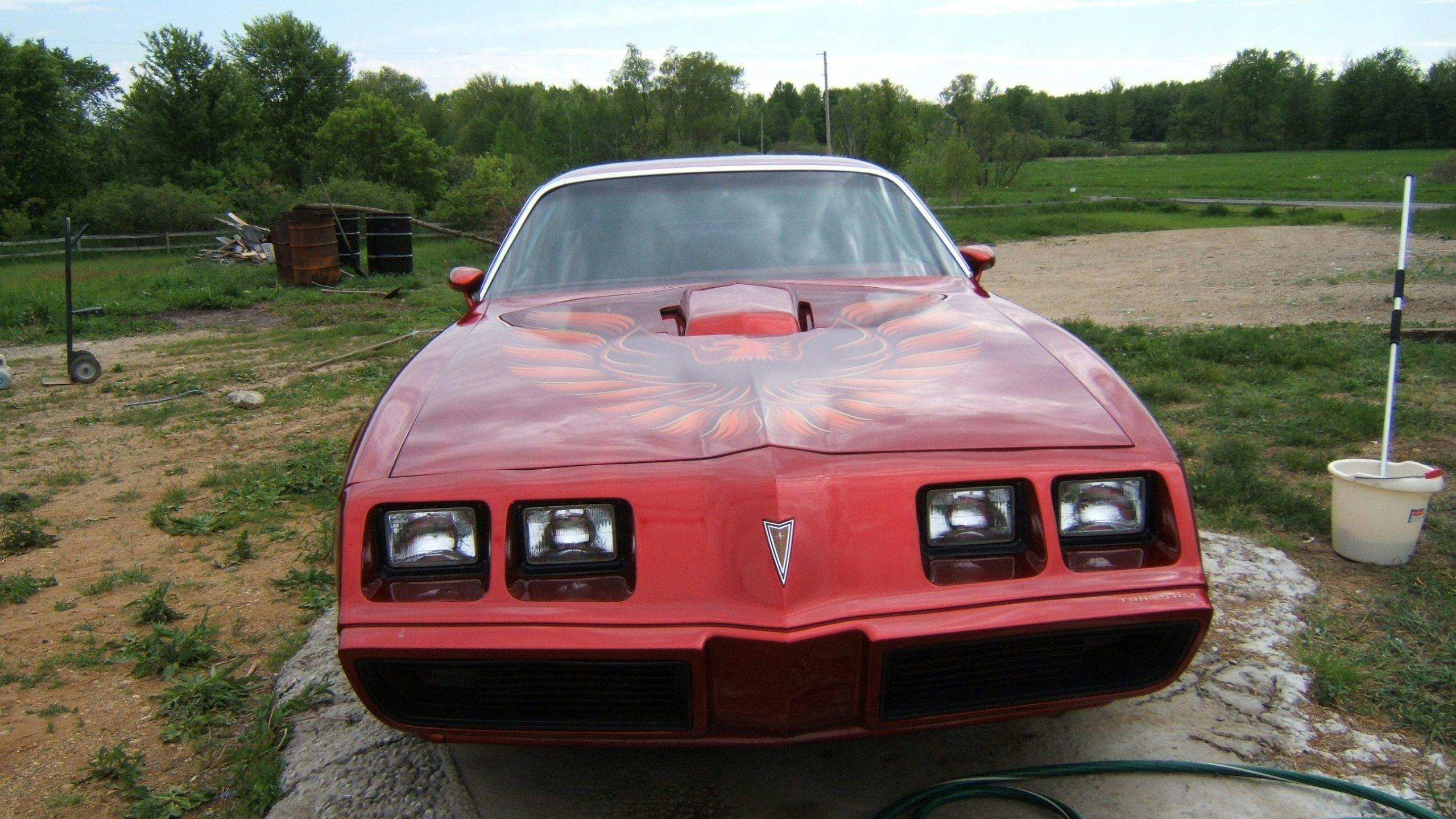
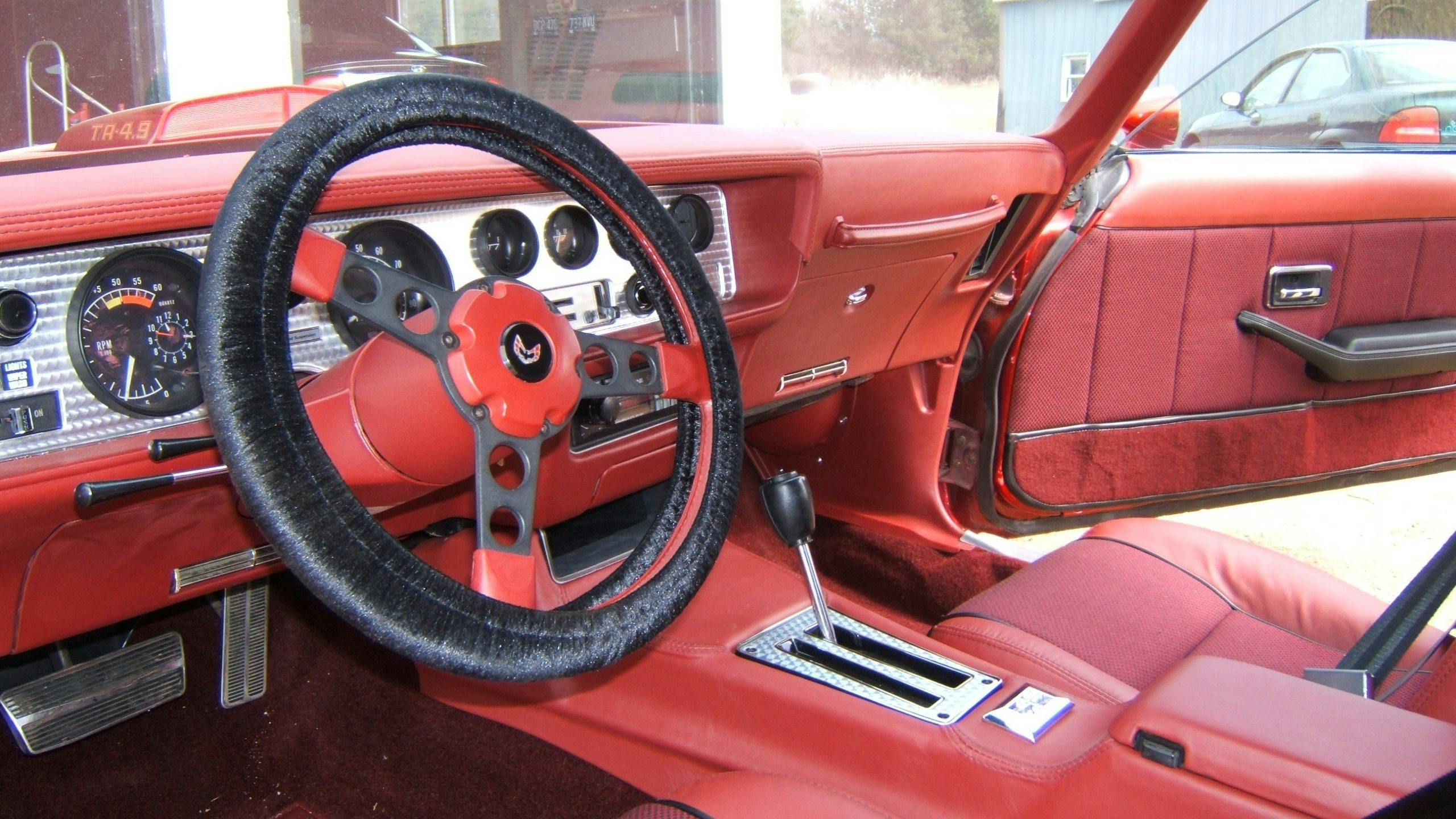

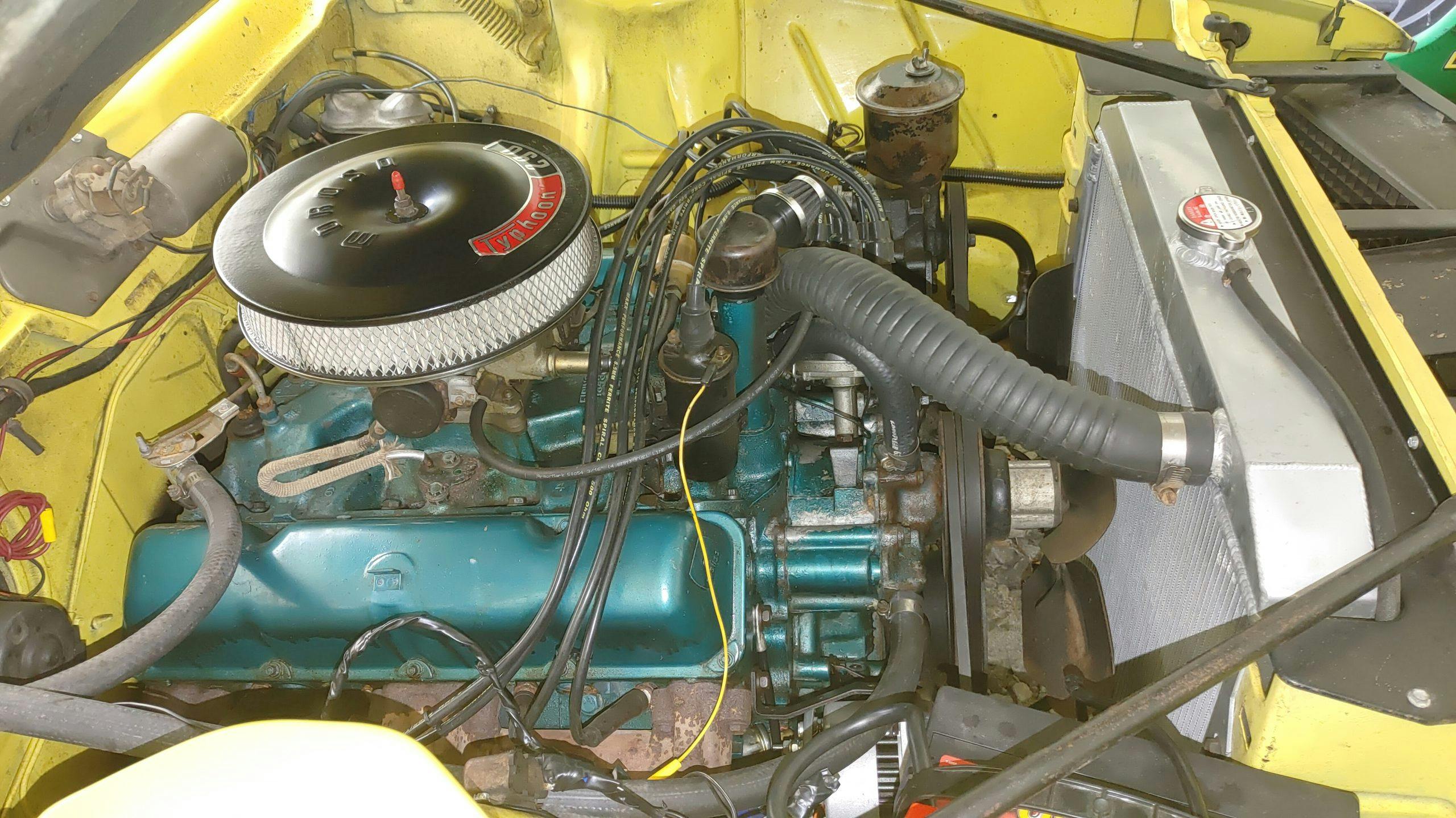
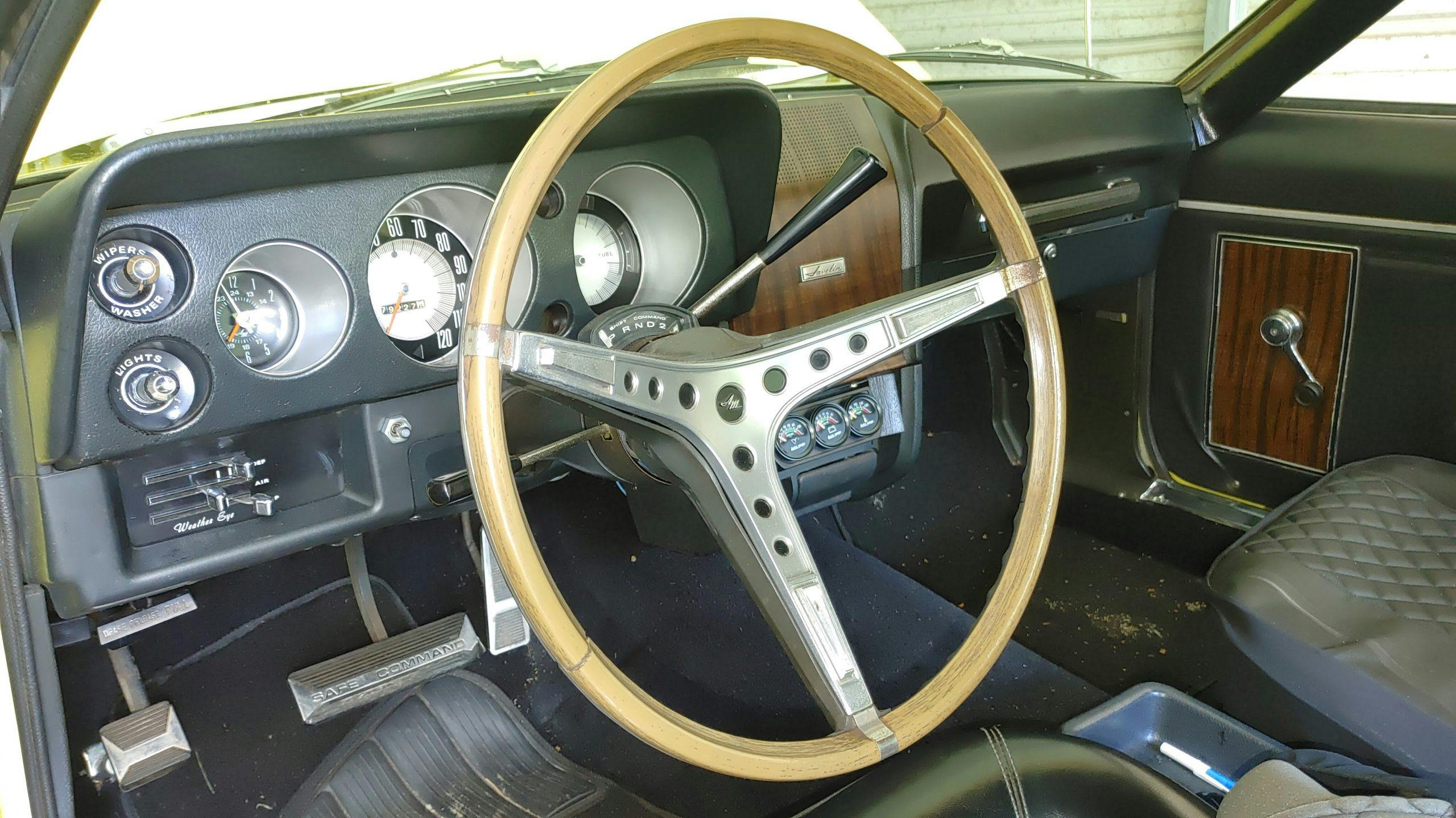
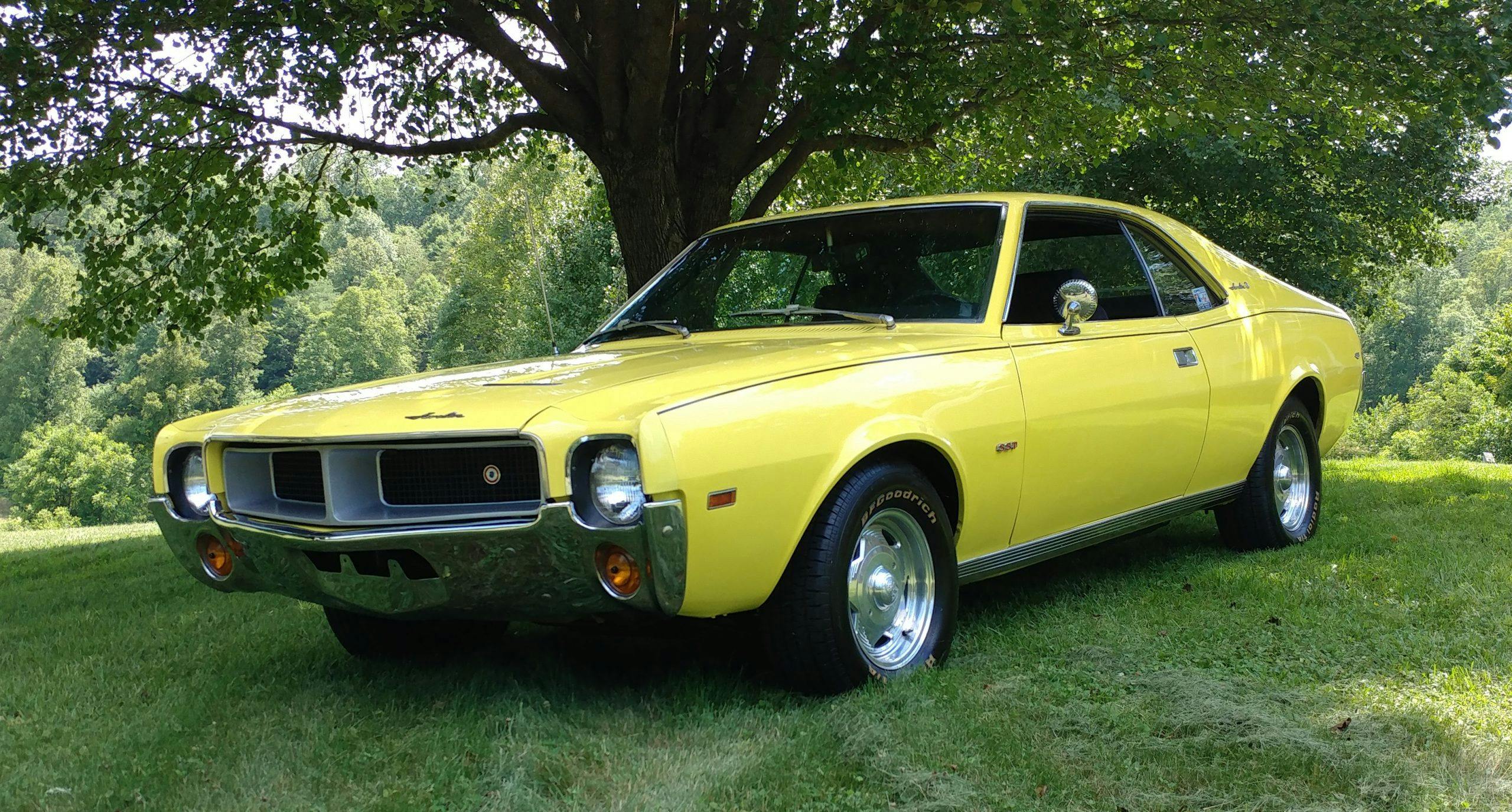
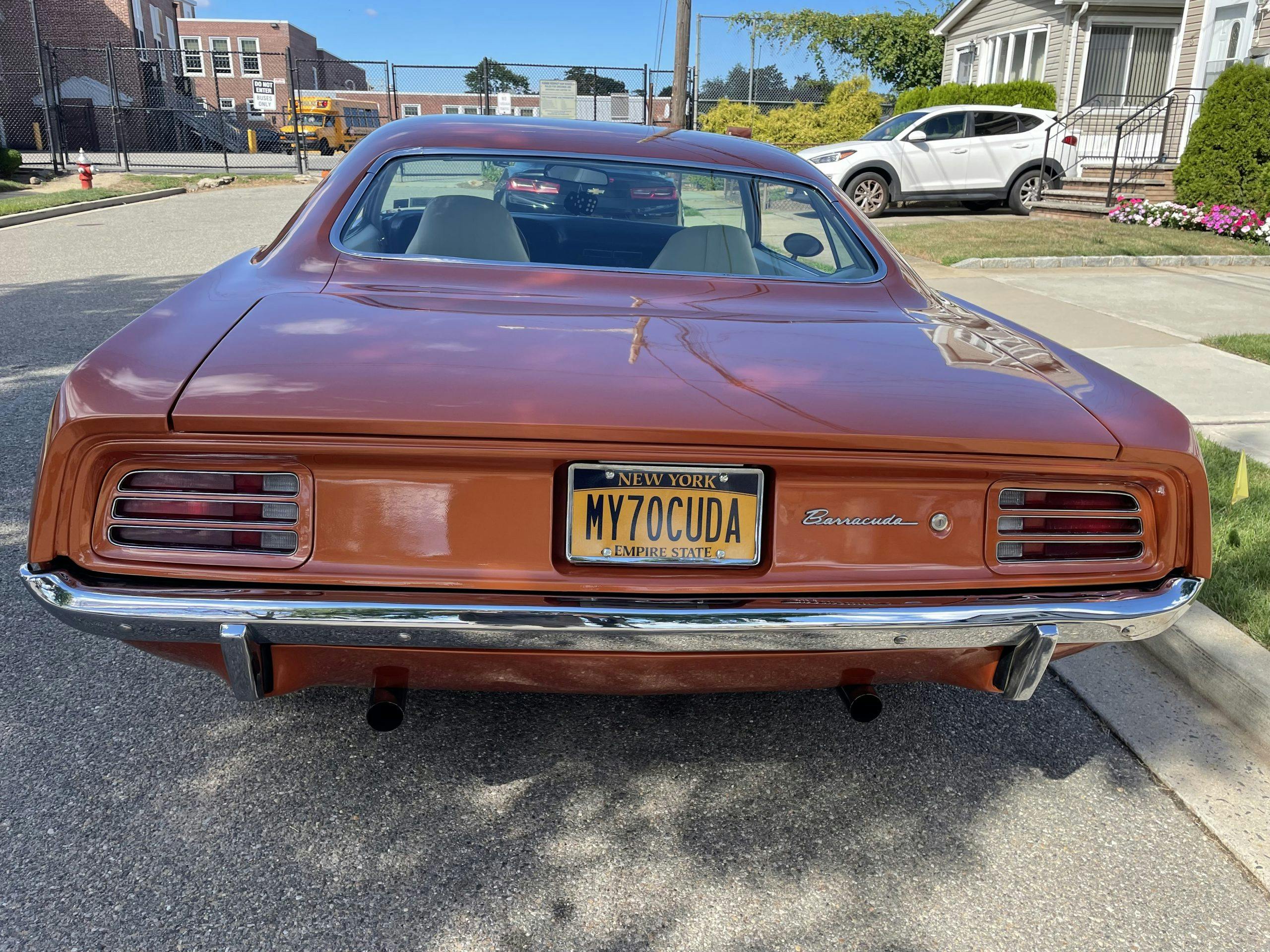
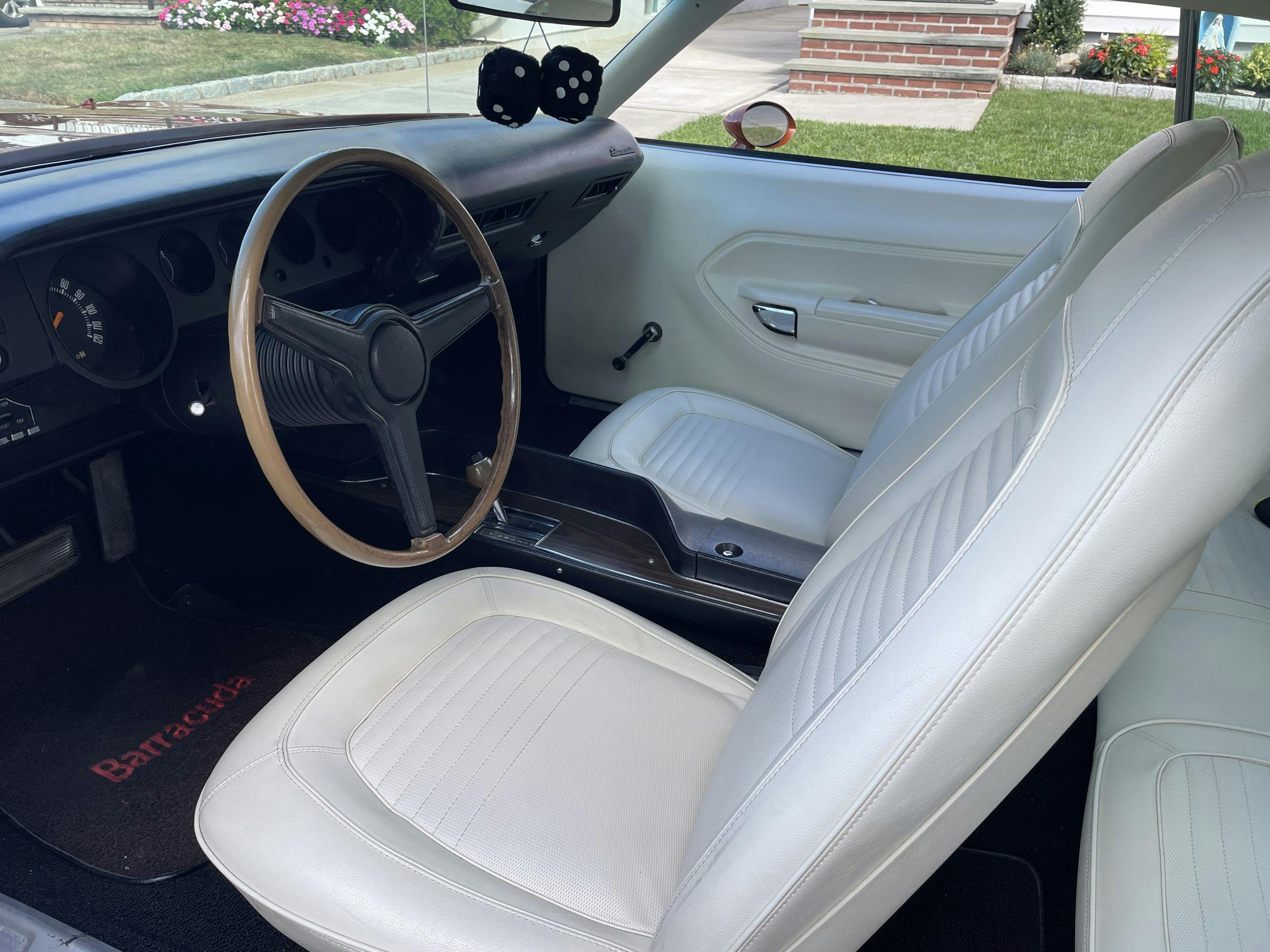
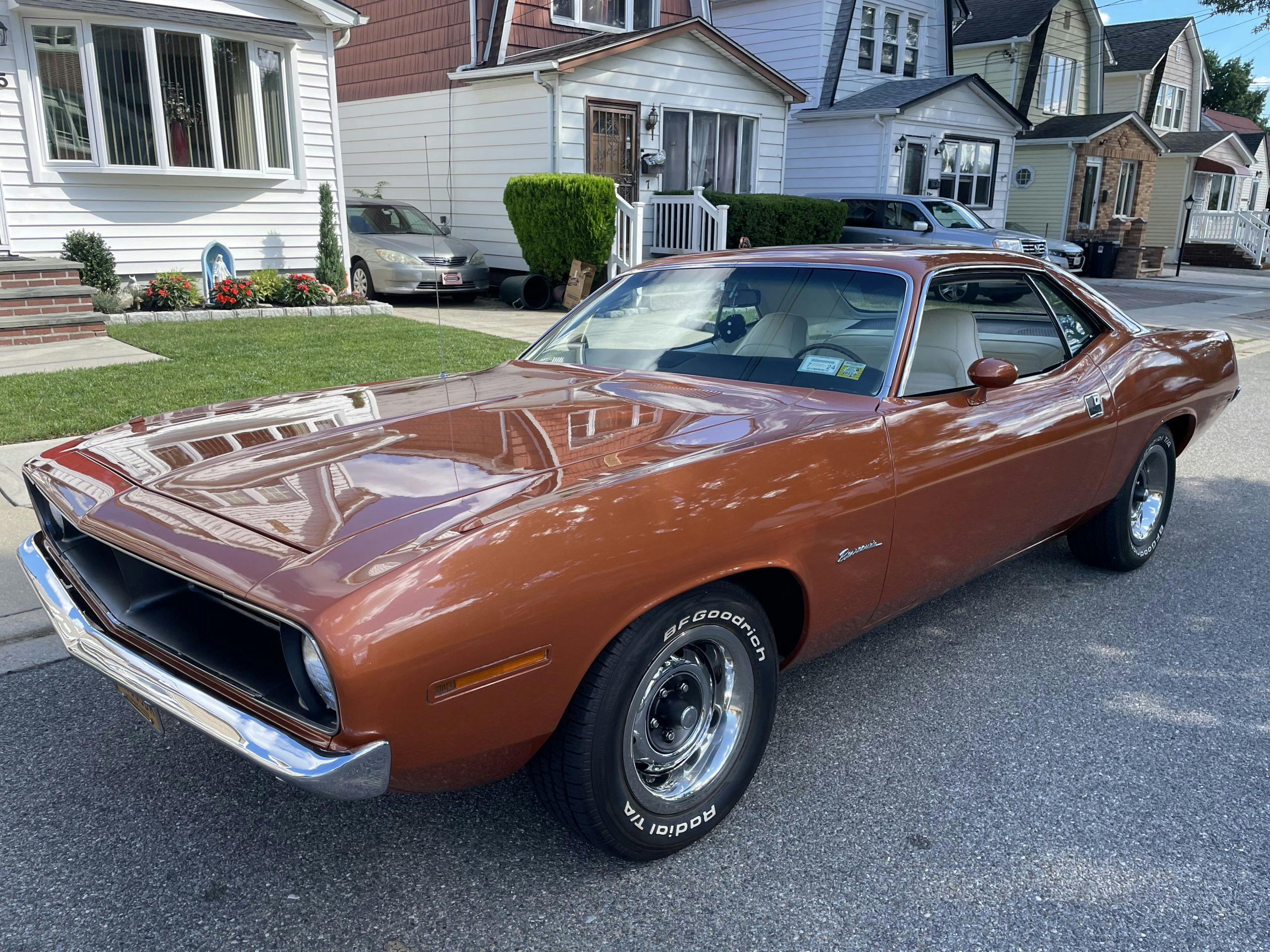





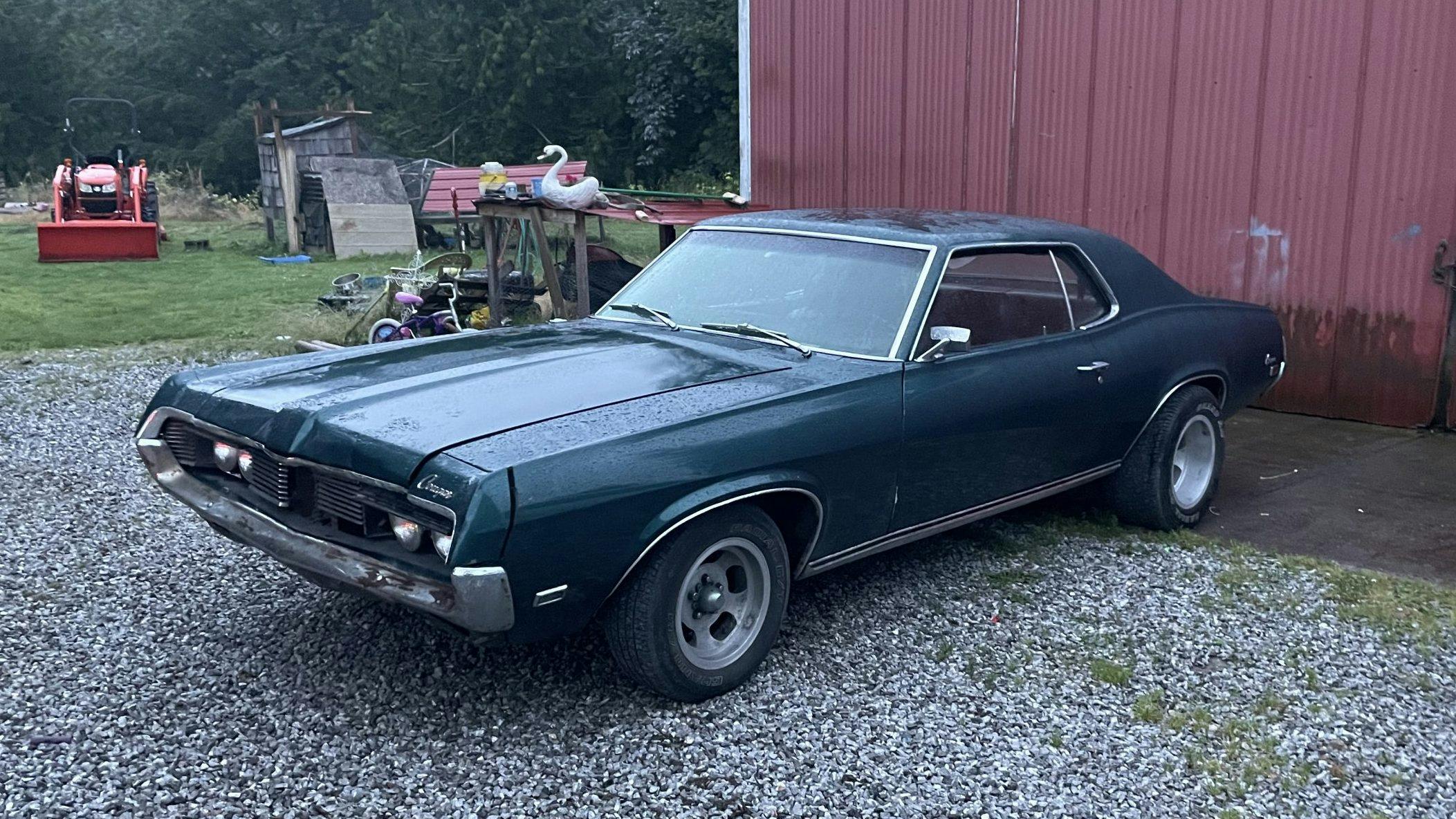












Lots of good choices here. I’ll take the Trans Am or the Cougar.
My choice is the Trans Am…period
What, no capri??!?
I liked the Capris from the mid 80s because of the distinct, bulging fenders, distinguishing them from the Mustangs.
The Trans Am, of course. A 400/455 engine swap is all it needs.
My picks would be either the Cougar or the Javelin.
I want all 5, they are all cool!
Hate to break it you, but that Z28 is not sporting a TPI V8. The engine pictured is the lowly LG4 305 4bbl V8. That engine made 155 or 165 hp, depending on your source. I know this, because that was the engine in my sorely missed 85 Trans Am. A car which I think is a cooler thirdgen F-body choice than the Z.
Yeah, the “H” engine (for the engine code, 8th character in the VIN), same engine as in my ’84 K10. It powered a lot of GM’s RWD and 4WD offerings in the ’80s.
Maybe the AMX isn’t technically a Pony Car, but it would be my choice over the Javelin, Maybe because I owned a 1968 AMX back in the day.
Not a three pedal in the lot…I’m out
The Cuda, just respray it black drive and enjoy it for a while. Add a Ray Barton Street Hemi and modern Tremec stick later. Would make a great Hemi clone resto mod.
Some pretty good choices. My first car was a red 67 Cougar which I sold after buying a 65 Mustang convertible. The Cougar had the better ride, being slightly longer. Wish I could have kept both
AMC for sure but a 2nd gen Javelin is a better choice. I am 2nd owner of a 73 that was very well cared for before I bought her in 1993. The car is well built and with Ford and Morpar components easy to get mechanical parts. Sheetmetal not so much! I bought new a 82 Z28 which I liked but kids came along. If I found a decent one I’d be interested.
Eh, selection was just OK. Javelin is most interesting. Body and interior parts are hard to find for some of them. Late 60’s to early 70’s Dodge Dart should be included. Though not strictly a ‘pony car’, they were lightweight and could be had with V8.
“…topped by the arachnid-like Tuned Port Induction (TPI) intake manifold” Uh, no the Camaro is not TPI, it is throttle body.
The barracuda will end up a clone, the javelin will be hours of explaining “what it is”, the cougar will go to a snob that keeps telling himself “it’s better than a mustang”, the F cars will go to a Twinkie that can’t drive a stick.